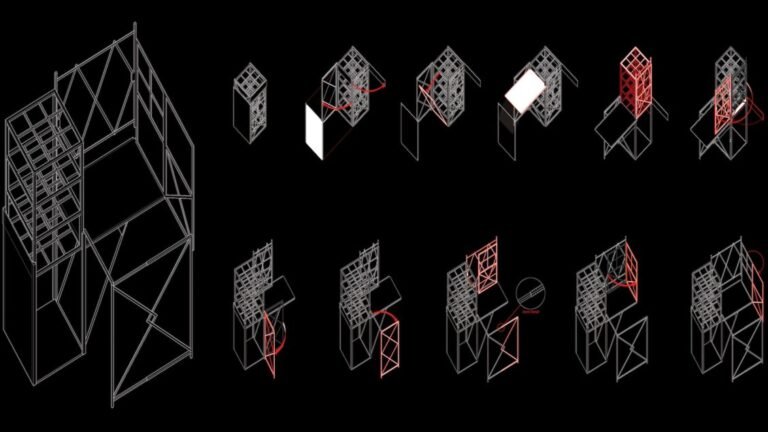Architectural Pilgrimage: Architecture Through the Ages On The Camino de Santiago
Architizer is thrilled to announce the winners of the 10th Annual A+Awards! Want to earn global recognition for your projects? Sign up to be notified when the 11th Annual A+Awards program launches.
The Camino de Santiago pilgrimage, otherwise known as the Way of St James, is an ancient pilgrimage that leads to the shrine of the apostle of Saint James the Great. From the Middle Ages to the present day, pilgrims have begun their journeys all over Europe and made their way towards the shrine, located in the Cathedral of Santiago de Compostela in northwestern Spain.
The pilgrimage became popular amongst Christians after the relics of Saint James were discovered in the 9th century. Despite its strong religious foundation, many who walk the Camino use this pilgrimage as a spiritual journey for self-discovery and personal growth. Historically, the pilgrimage would have begun at the pilgrim’s home; however, nowadays, there are numerous well-established routes pilgrims can choose to walk. Whether it be the Camino Primitivo, Camino Francés or Camino Portugués, pilgrims will walk through a myriad of culturally rich cities filled with incredible history and architecture.
Regardless of which route you choose, a walk along the Camino is an art and architectural history lesson in and of itself, with many cathedrals and monuments to admire. Listed below are 6 architectural sites and towns that serve as pilgrimage pit stops, and which could very well take part in your future Camino expedition!
Cathedral of Saint Mary of Burgos
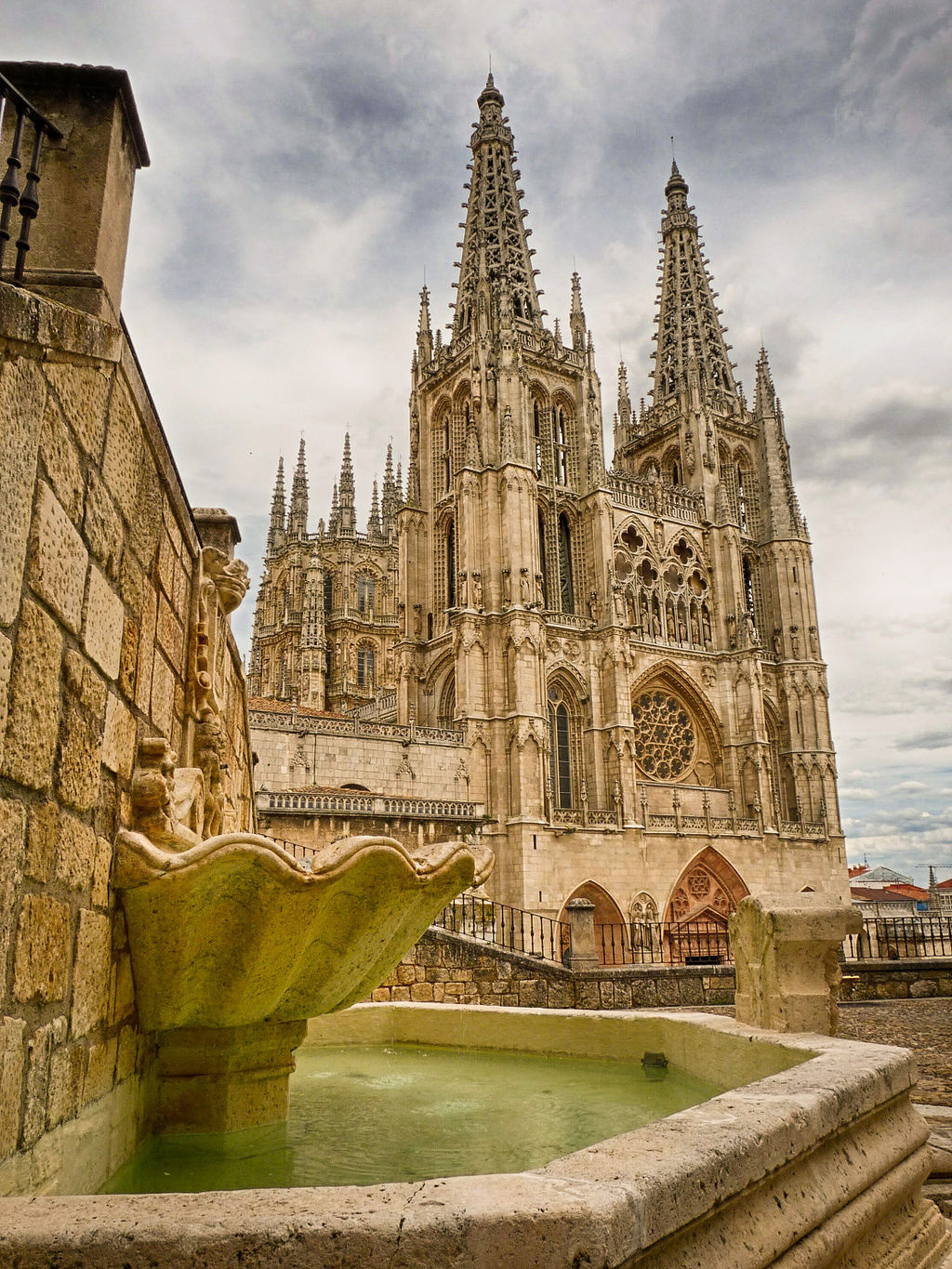
Front Façade of the Burgos Cathedral, Burgos, Spain, Wikimedia Commons
This UNESCO World Heritage Site is located in the Spanish city of Burgos and dates back to the 13th century. This Gothic cathedral sits on the site of a previously built Romanesque church and was officially completed in the 16th century. Its unmistakable Gothic façade can be seen in all its details, embellishments and vertical nature. Gothic religious sites were purposefully built high and embellished with elements that created a sense of verticality in order to feel closer to heaven. From its pointed arches, structural buttresses, interior vaulted ceilings and ornamented façade, this grandiose site speaks to the colorful history of Gothic architecture.
Mudéjar Architecture in Sahagún
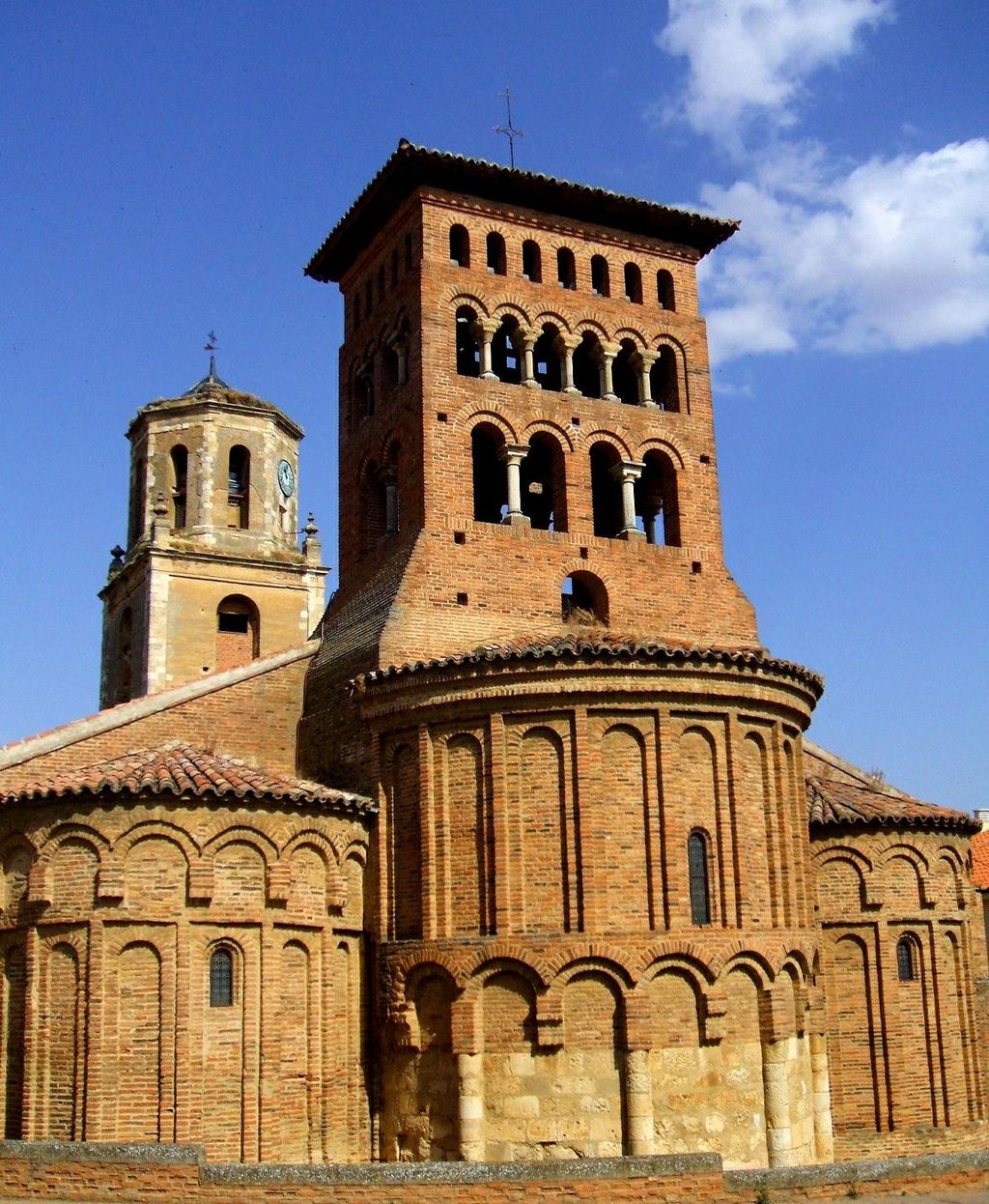
Church of San Tirso, Wikimedia Commons
The city of Sahagún is part of the Camino Francés route and has a long and colorful history. Located in the province of Léon, this town contains examples of early Mudéjar architecture. This ornamented approach to building was used by the Iberian Kingdom and was influenced by Islamic art and architecture (namely by the former Al-Andalus territory). Mudéjar architecture eventually influenced certain stylistic decorative elements of Gothic architecture. The style is known for its distinctive use of brick, glazed tiles, geometric patterns and decorative calligraphy. Due to the town’s diverse population during the Middle Ages, its architecture is a blend of different crafts and crafting techniques. Some sites worth visiting are the churches of San Tirso, San Lorenzo and La Peregrina.
Puenta la Reina
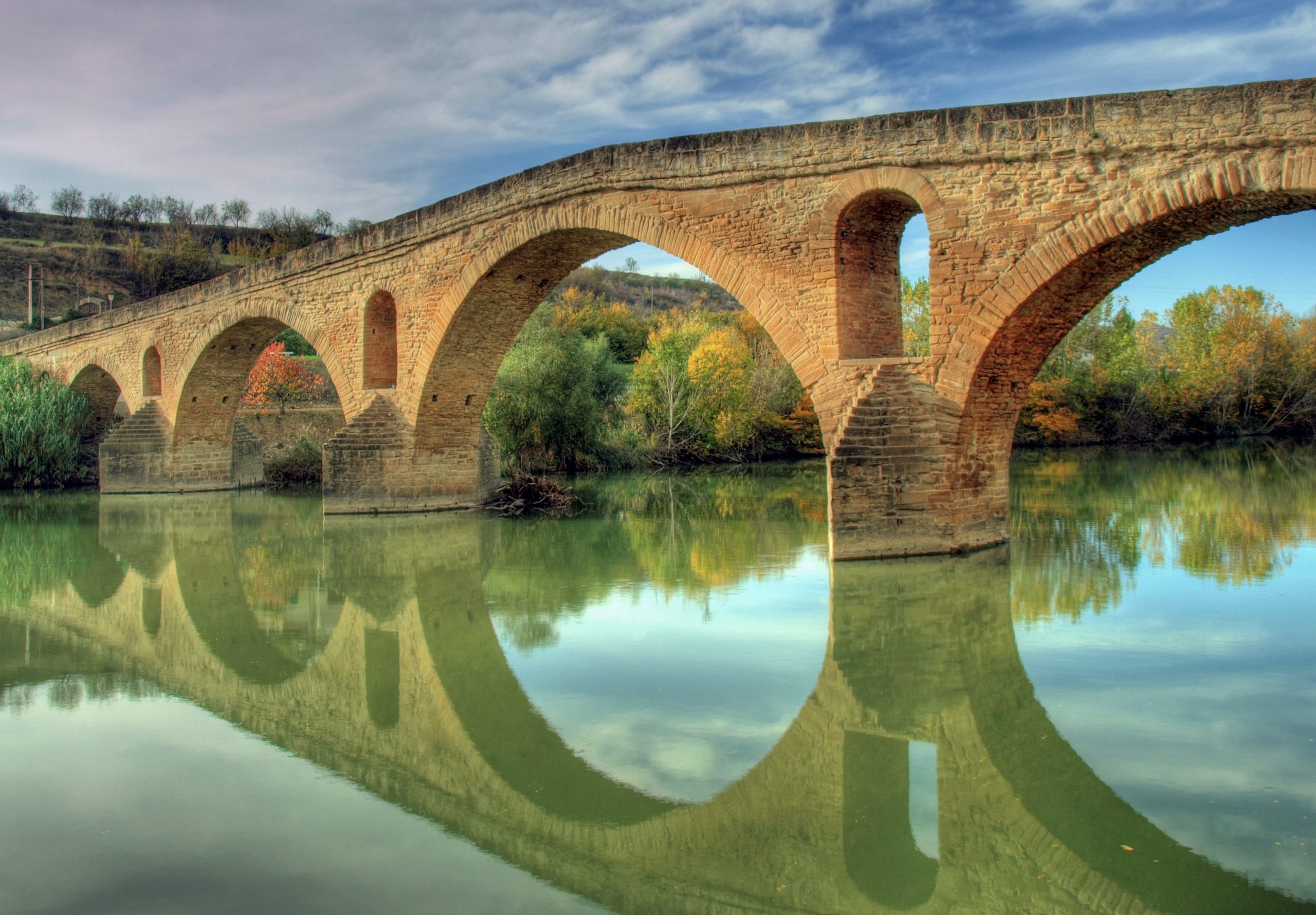
Puenta la Reina, Navarre, Spain, Wikimedia Commons
The town of Puenta la Reina is located in Spain’s northern Navarre region. Pilgrims pass through Puenta la Reina on the Camino Francés route and get the chance to visit the town’s main attraction: the Puente Románico. This bridge is attributed to the Muniadona of Castille — the Queen of Pamplona and wife to King Sancho Garcés III. The queen had a six-arched bridge built over the Arga river specifically for the pilgrims on their way to the Santiago de Compostela Cathedral. Not only is this site a beautiful Romanesque structure, but it equally plays an important part in the Camino’s history, thus making for a special visit.
The Episcopal Palace of Astorga
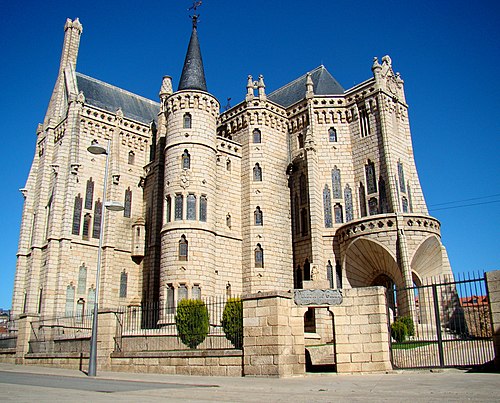
Episcopal Palace, Astorga, Spain, Wikimedia Commons
The Camino offers the chance to see certain architectural sites attributed to the famed Antoni Gaudí. Located in the city of Astorga is the Episcopal Palace, built in the 19th century and designed in the Catalan Modernisme style. Drawing on both Medieval and Arab motifs, this artistic movement marked the revindication of Catalan culture. First designed by Gaudí and later completed by Ricardo García Guereta, the edifice is adorned with a granite façade and boasts both a Gothic and Gaudí-esque design. Today, it serves as a museum dedicated to the Camino de Santiago pilgrimage.
Church of Saint Mary of Eunate
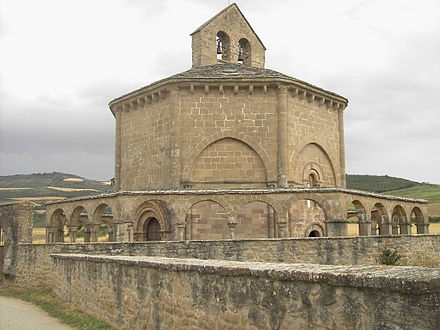
Church of Saint Mary of Eunate, Muruzábal, Spain, Wikimedia Commons
Located in the Muruzábal, Spain is a Romanesque church built in the 12th century. Part of the Camino Francés route, this church is especially lovely to visit due to its location. Built right in the middle of a flat and open landscape, viewers can admire the beauty of the church as well as the surrounding sunflower-filled landscape. Located before the Puenta la Reina, the church was constructed with a distinctive octagonal layout and is dedicated to the Virgin Mary. There is little known of the structure’s history, which makes it an equally mysterious and alluring site to visit.
Santiago de Compostela Cathedral
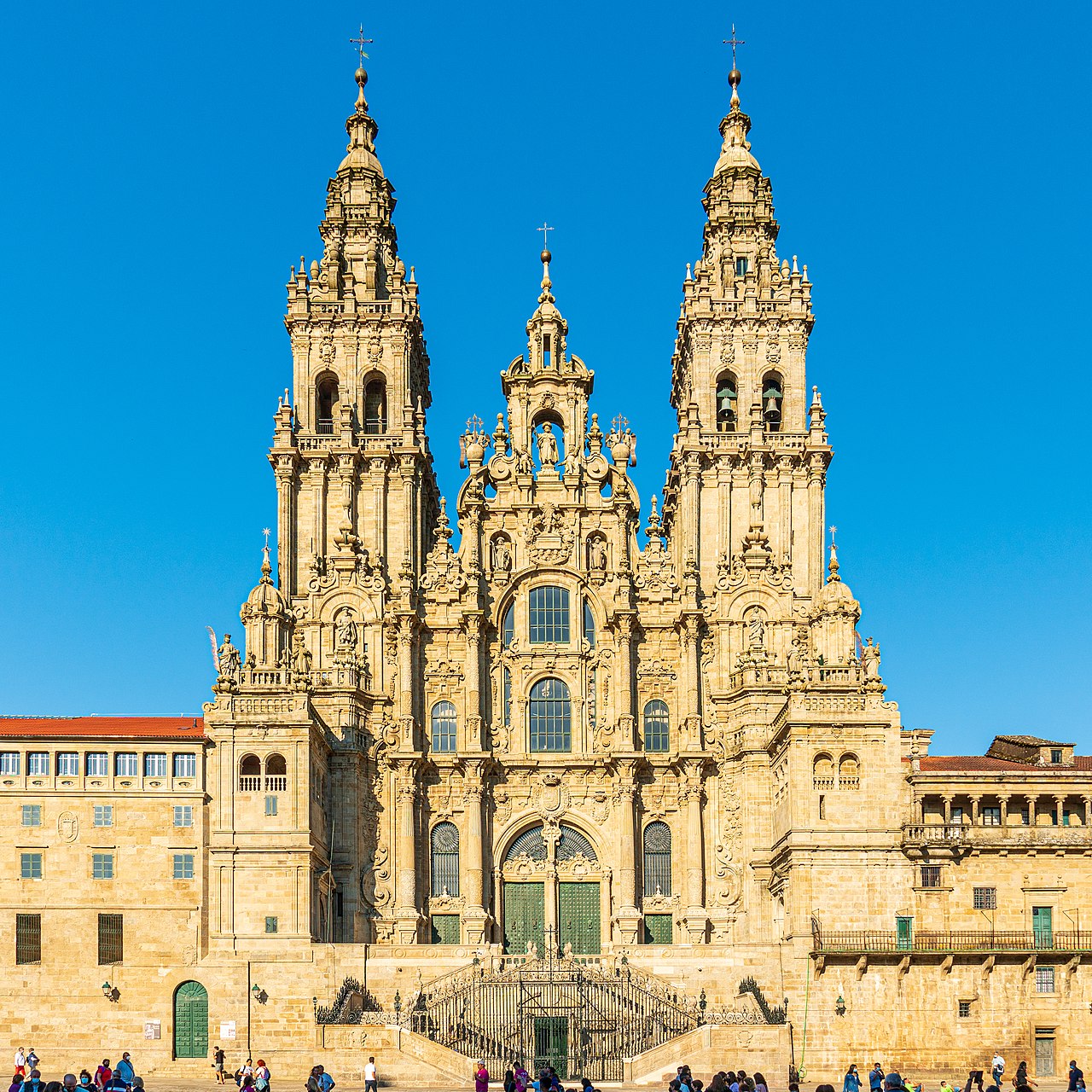
Western façade of the Santiago de Compostela Cathedral, Santiago de Compostela, Spain, Wikimedia Commons
Arguably every pilgrim’s favorite site is the Santiago de Compostela Cathedral. Home to the burial of Saint James the Great, reaching this site is the ultimate goal of every pilgrim walking the Camino. This Romanesque structure contains several Gothic, Baroque and Renaissance elements — making it quite a marvel to see. A distinctive section is the Glory Portico, a Romanesque portico and main gate of the cathedral. Designed by the sculptor and architect Master Mateo, the Glory Portico is one of the most recognizable parts of the Compostela Cathedral. It features three large arches adorned with over 200 Romanesque sculptures and was later altered to include certain Baroque elements.
Moreover, the cathedral’s western façade leads onto the town’s main square, Praza do Obradoiro, and is attributed to Baroque architect Fernando de Casa y Novoa. Pilgrims often indulge in a night’s stay at the historic Hotel Parador Santiago de Compostela, which sits next to the cathedral and originally served as a Royal Hospital. The church holds two daily masses to welcome and congratulate pilgrims on their journey.
Architizer is thrilled to announce the winners of the 10th Annual A+Awards! Want to earn global recognition for your projects? Sign up to be notified when the 11th Annual A+Awards program launches.

